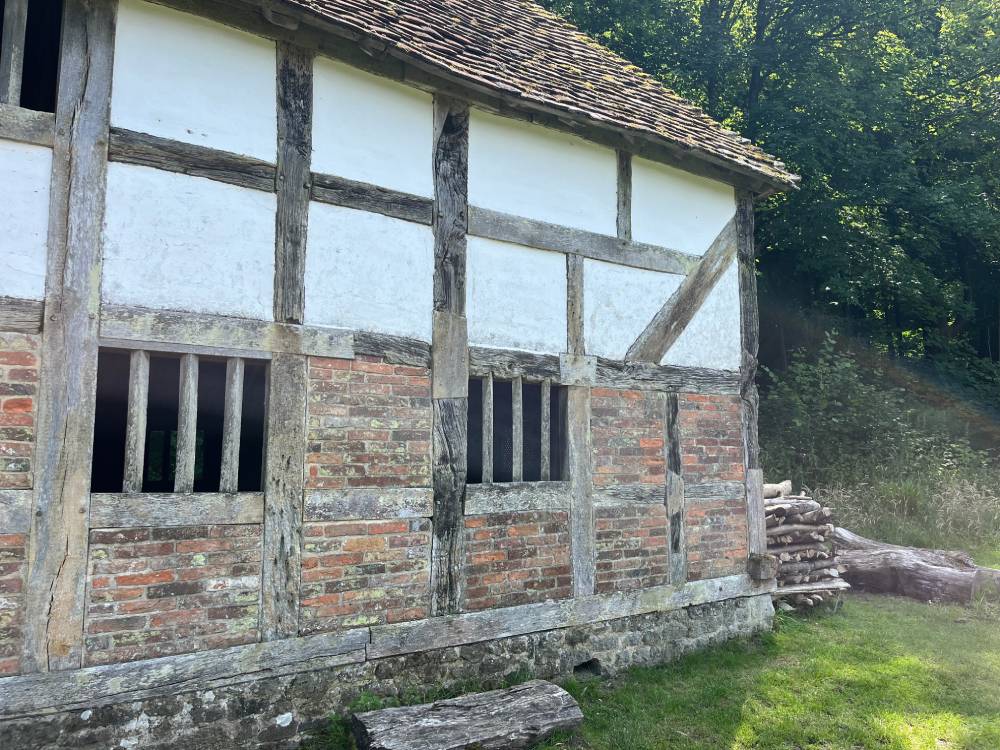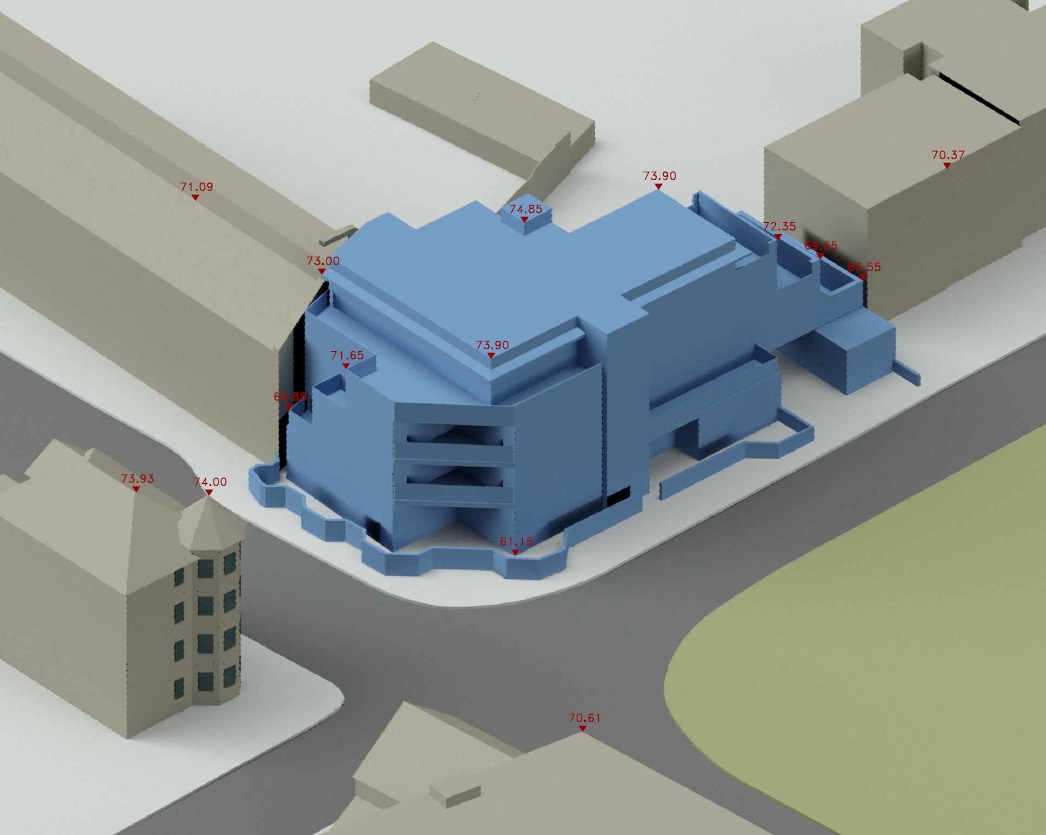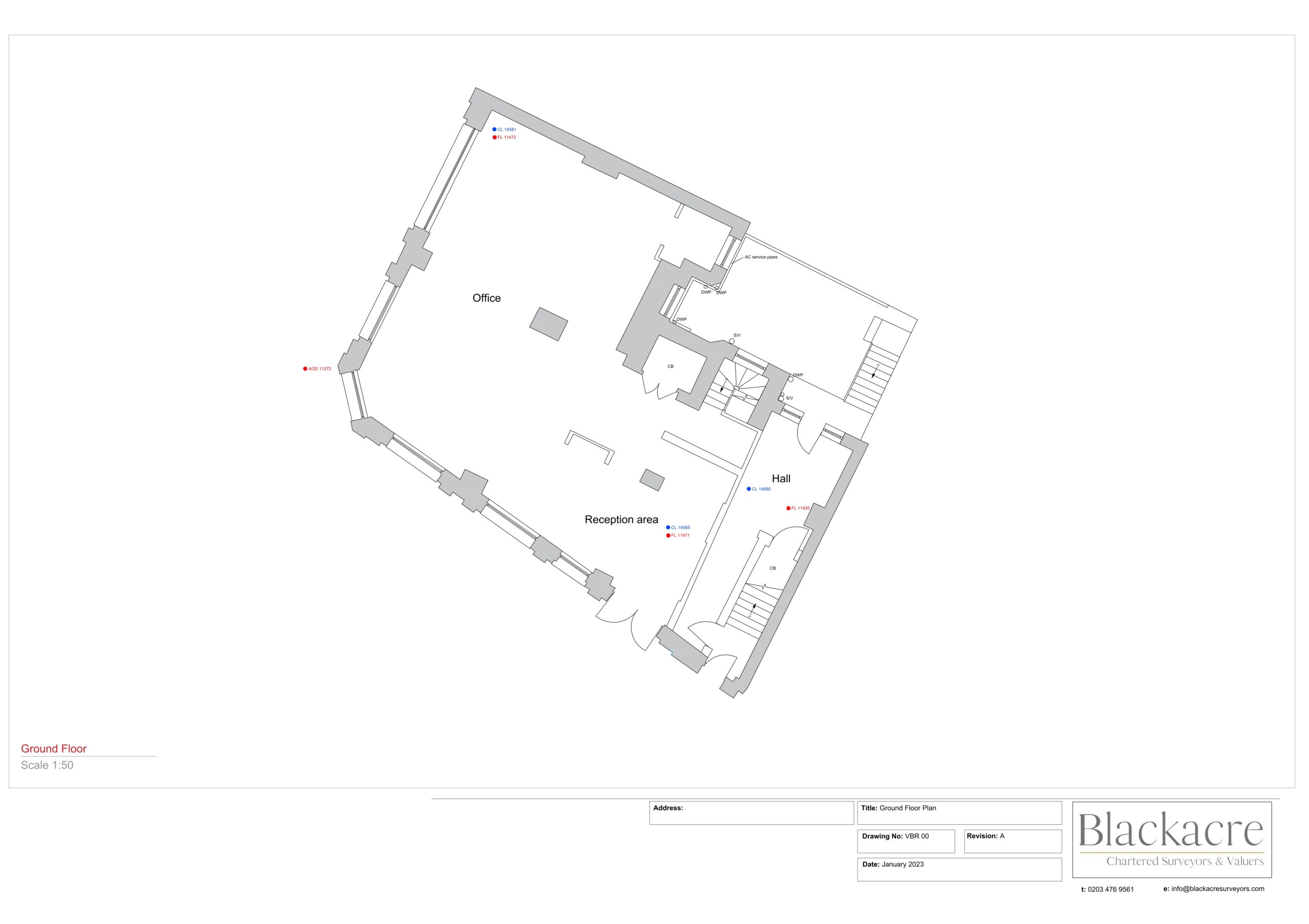Why Listed Building Surveys Are Essential for Historic Properties
Trying to save the character of a historic property is more than simply keeping a building standing. These are physical links to the past, and how historic buildings are maintained, repaired, or restored is crucial. Therefore, it’s a good idea to seek advice from a builder specialising in Listed Building Surveys.
But what is precisely a listed building survey, and why is it so crucial for period buildings? Well, here’s the gist.
What is a Listed Building?
Before delving into the specifics of prepared surveys of listed buildings, we should consider what it means for a building to be ‘listed’. A listed building is one entered on a national register of Historic Buildings, deemed of architectural or historic interest and thus protected by law. Any repairs or alterations to a listed building require special permission from the local authority.
Placing a building on a list preserves it for future generations, but this can be difficult as buildings age. This is where a survey of a listed building is vital: it deals with all the important structural and environmental issues.
What Are Listed Building Surveys?
A Listed Building Survey is a detailed inspection of a historic-or at least listed-building. It looks not only at the condition of the fabric but also the fabric of history: the decoration, materials, construction techniques, and aesthetic value that define a building’s heritage value. A listed building survey can be more expensive than a standard residential survey.
In the survey, the roof, walls, windows and various other features are examined to see what repairs these parts of the building might need and any permissions this work requires. A surveyor will also determine how any modifications proposed for the property will affect its historic designation.

Why Are Listed Building Surveys Essential?
Specialised care is needed for listed properties. The specific features of historic buildings necessitate a survey adapted to the property’s needs. Here’s why listed building surveys are required:
Legal Compliance
Listed-building owners have to work within strict regulations if they want to make any changes. Some minor alterations require consent, and there will be legal ramifications if unauthorised modifications are made. A listed building survey will tell you what work you can do to your property without falling foul of the law.
Conservation of Historic Features
Properties of historical interest frequently possess particular period features-such as period windows, masonry, or timber framing-and a listed building survey gives detailed information as to their condition and how best to conserve them while maintaining the integrity of the historic building.
Guidance on Restoration and Maintenance
With their natural ageing processes, every historic building will show signs of wear and tear. At a listed building survey, it is possible to identify areas of the building that need urgent attention in the short term, such as deterioration of fabric (e.g., decaying timber, leaking roof, unstable walls). The survey will also advise you on the most effective way to approach the necessary repairs that will not compromise the historical significance of the building.
Specialist Advice for Future Renovations
If you’re considering buying a listed property, a listed building survey is a vital step before committing to any work. It offers expert advice on what services or repairs might feasibly be carried out and how to make them as sympathetic to the building’s heritage status as possible. Doing it right the first time saves you a small fortune on rectifying problems later.
Enhanced Property Value
A historic building that has been fully listed and received a thorough listed building survey is likely to be worth more to potential buyers. The comfort that a buyer will have with the house’s historic contribution being preserved and is within the approved parameters should ensure a better outcome for all. Owners who take the expense to restore or fix historic features with expert advice will likely find they have significantly increased the house’s visual and cultural appeal.
Protect Your Historic Property with Blackacre Surveyors
The requirement for a listed building survey is not just a procedural step; it is a cost-effective investment in the property’s care, longevity and upkeep. If you’re a keeper of an older structure, you will get the information you need to understand the building’s structural integrity. In historical terms, the survey will protect the integrity of the building and ensure any work entailed is performed sensitively and respectfully of the building.
Blackacre Surveyors specialises in listing building surveys that preserve your property’s distinctiveness and add to its worth. Our team of heritage-building appraisers is at hand to navigate you through the listing process safely, maintaining your property’s renowned heritage and aesthetic for the ages.
So, if you’re ready to protect your listed building, call Blackacre Surveyors on 0203 476 9561 or email us at info@blackacresurveyors.com. We’ll be happy to provide a consultation and show you how we can safeguard your property’s past while improving its future. Contact us today!


